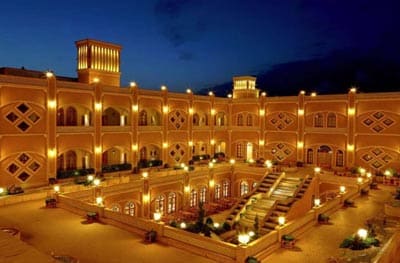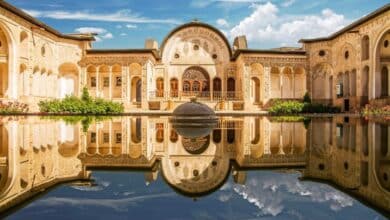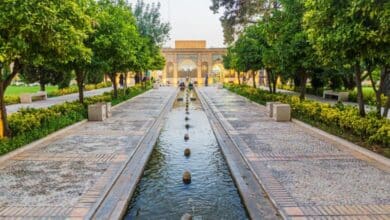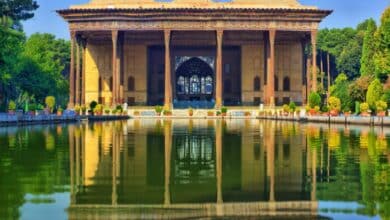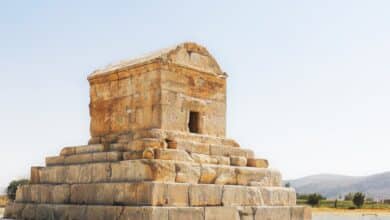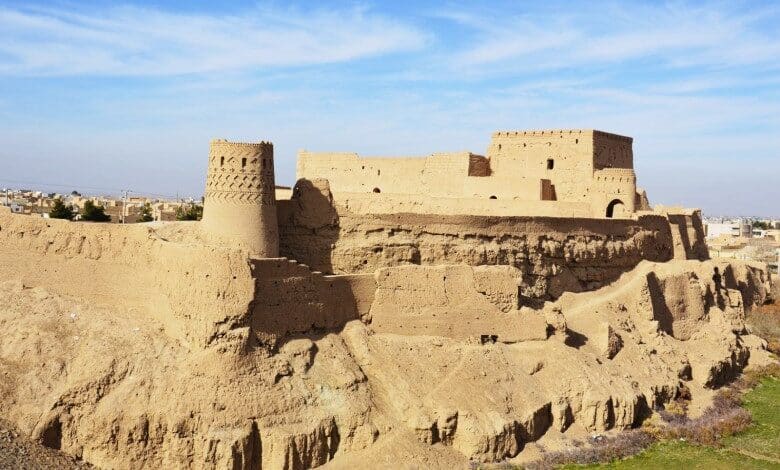
Meybod, a city with a history spanning several millennia, is situated in the northern region of Yazd province in Iran. Once positioned near the Saveh Sea in ancient times, this city is now renowned for its significant historical context and landmarks, including Narin Castle, Shah Abbasi Caravanserai, and Jame Mosque.
Narin Castle, which originates from the Sasanian era and was officially registered as a national heritage site in 1354, exemplifies the historical architecture characteristic of this city. The Meybod Caravanserai, a notable example of Safavid architectural style, currently serves as a venue for cultural exhibitions. With its profound history and ancient legacy, Meybod attracts not only tourists but also scholars and individuals interested in the rich history and culture of Iran.
Contents
Introducing Narin Castle
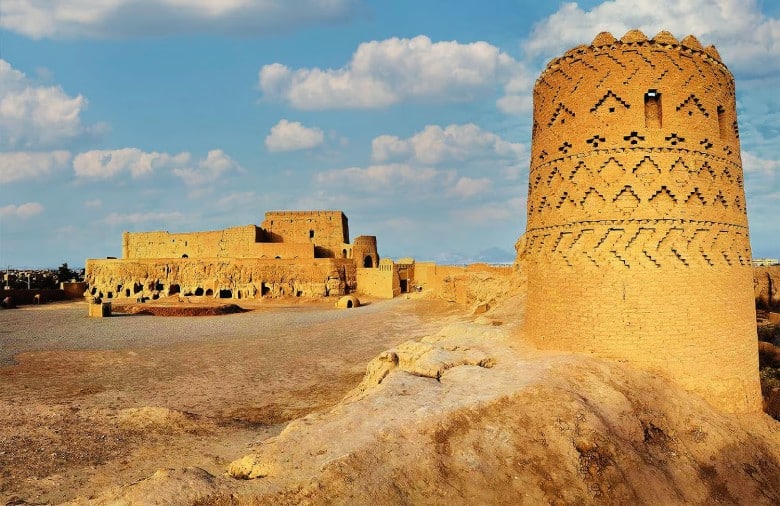
Narin Castle is situated 50 kilometers to the northwest of Yazd city, positioned atop a hill that rises 25 meters in height. Narin Meybod Castle is recognized as the largest adobe fortress city in Iran, second only to Bam Citadel, sharing a similar architectural style. Narin is constructed on the highest elevation within Meybod city and is surrounded by notable structures throughout the area.
The origins of Narin Castle appear to trace back to the era of Prophet Suleiman. Excavations conducted at this site have unearthed a terracotta fragment that provides significant insights into the civilization and historical context of this ancient structure. Notably, the pottery features an illustration of a creature that is part human and part animal, reminiscent of artworks from the third millennium BC and the Elamite civilization.
Architecture of Narin Castle
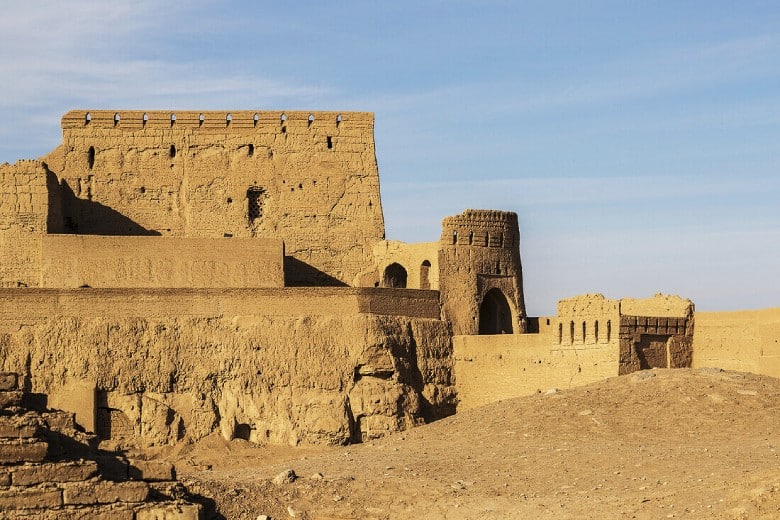
The expanse of this historical monument exceeds three hectares in the Shahneshin section, with some references indicating an area of 15,000 square meters. Narin Castle Meybod features seven levels and is constructed with various towers, ramparts, and gates.
This castle is divided into two primary living sections, comprising both upper and lower levels. The lower level encompasses the residential quarters, a mosque, a bathhouse, and various passageways, collectively referred to as Sharstan in urban design; however, no remnants of these areas remain today.The upper section, known as “Shahneshin”, features three-story structures that extend from the third gate and culminate in a spiral configuration within the Shahneshin area. Openings were incorporated into the upper sections of the walls to allow light to penetrate the enclosed spaces.
Different Parts of Narin Castle
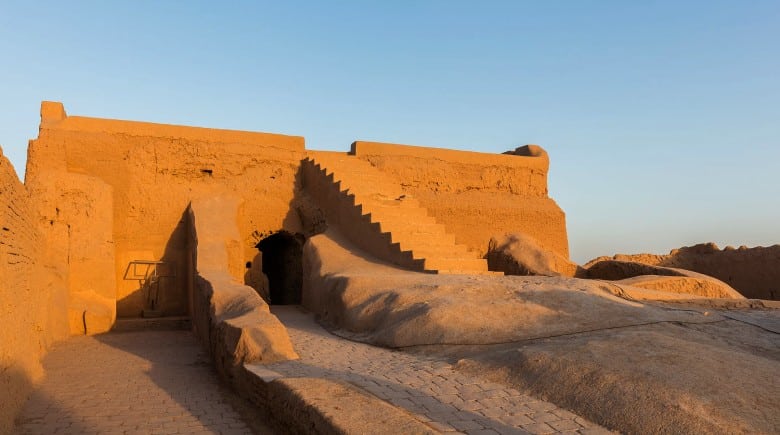
Similar to other historical structures, Narin Castle consists of various components, some of which still exist today.
Ditch
Among the notable architectural features of this vast historical complex is the excavation of a moat, which extends for a mile beneath its surface. Similar to other Iranian fortifications, the creation of a ditch serves as a defensive measure for the city. In the design of this castle, the excavation of the ditch was specifically intended for defense and military purposes to protect against foreign invasions and attacks.
Rooms
The architecture of this formidable fortress features a complex arrangement of numerous interconnected rooms. Many of these chambers remain inaccessible for exploration, primarily due to their placement in the lower sections of the castle and the subsequent collapse of connecting corridors.
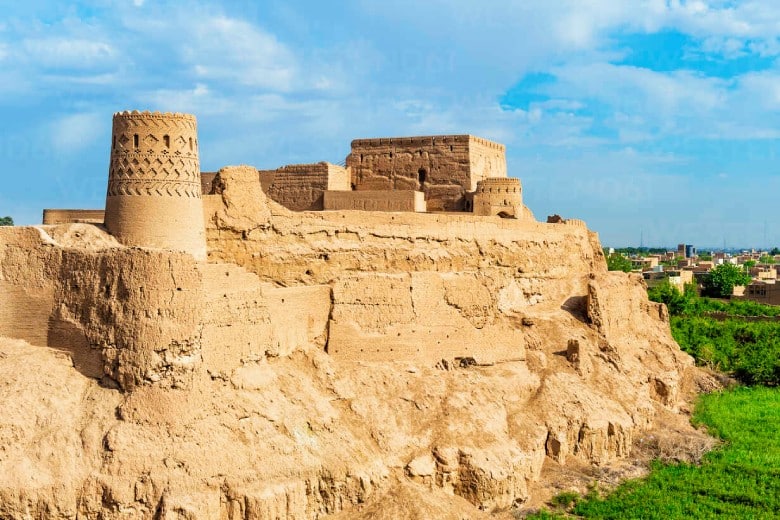
Architectural scholars suggest that the initial phase of the castle’s construction involved excavating a trench, followed by the erection of five stories utilizing clay and mud materials. The varying dimensions of the bricks employed in the building’s construction indicate that the castle was completed over different historical periods. Notably, some of the clay bricks, likely originating from the Medes, measure 40 x 24 x 10 cm.
Tower
Narin Castle Meybod features four tall, cylindrical towers; regrettably, only the central sections of these structures have survived to the present day.
A Wooden Bridge
This bridge was constructed for this fortress, but it was demolished during the street’s construction in 1343 AH. It seems that the purpose of this bridge, situated in the western section of the castle, was to facilitate the connection between the fortress and the city, which was positioned over the moat when required.
The Well
The castle features a remarkably ancient quadrangular well, serving as a testament to the building’s historical significance.
The Entrance Gate
Flanked by two towers, is situated in the western section of the castle, serving both as a passageway and a means of defense.
Don’t Forget This Notes
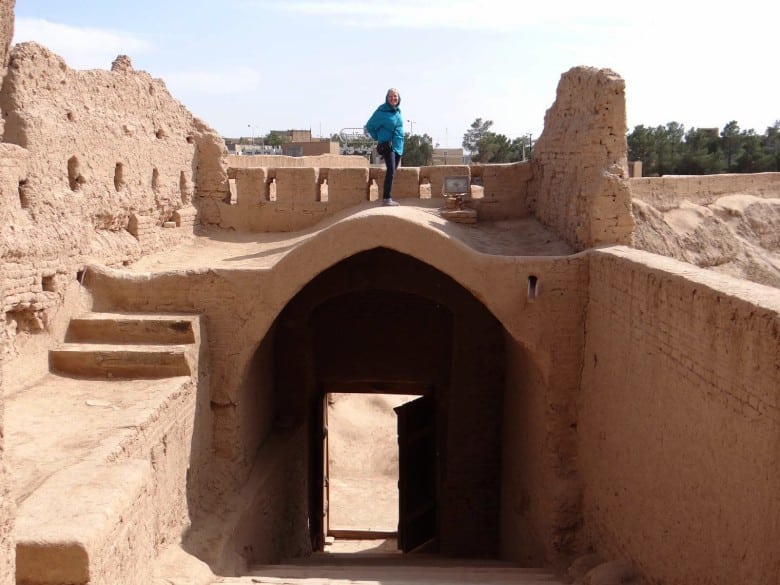
- The visiting hours for Narin Castle are from 8:00 AM to 5:00 PM.
- Access to the castle requires an admission fee.
- As with other historical sites, it is important to maintain the integrity of this heritage during your visit to Narin Castle.
- Visitors are urged to avoid causing any damage and to take measures to protect the site.
- Please note that Narin Castle is not open to the public on holidays.
- Given the warm climate, it is advisable to plan your visit during the autumn or early winter months.
Narin Castle’s Address
Narin Castle is situated in the Yazd province, specifically within the city of Meybod. This impressive castle can be found 50 kilometers to the northwest of Yazd city, perched on a hill that rises 25 meters above the surrounding landscape. Upon entering the historic city of Meybod, one should proceed to the municipal square and then turn onto Imam Khomeini Street to view the towering structure of this castle.
Book Iran Flights
Buy Iran flight tickets at the lowest price
Explore Iran’s culture and history with affordable and reliable flight tickets.
Final Words
Narin Castle exemplifies the architectural brilliance and historical importance of ancient Iran. This mud-brick fortress, situated in the town of Meybod, is regarded as one of the oldest extant structures of its type. The building’s similarity to the Ali Qapu palace in Isfahan, characterized by its elevated terrace and spiral staircases, underscores the common architectural traditions of the area.
The presence of an underground chamber, thought to have served as a prison, along with a spacious courtyard accessed through a grand entrance, further emphasizes the castle’s historical strategic significance. Narin Castle functioned as a governmental stronghold in the pre-Islamic settlements of central Iran.
Narin Castle FAQ
What era does Narin Castle Mybod belong to?
Narin Castle dates back to the Sassanid era, but there are evidences of 4,000 years old.
How far is Narin Castle Meybod from Yazd city?
Narin is 50 km far from Yazd city.
What season is the best time to visit Narin Castle Meybod?
Spring and autumn are the best time because of the suitable and comfortable temperature.
